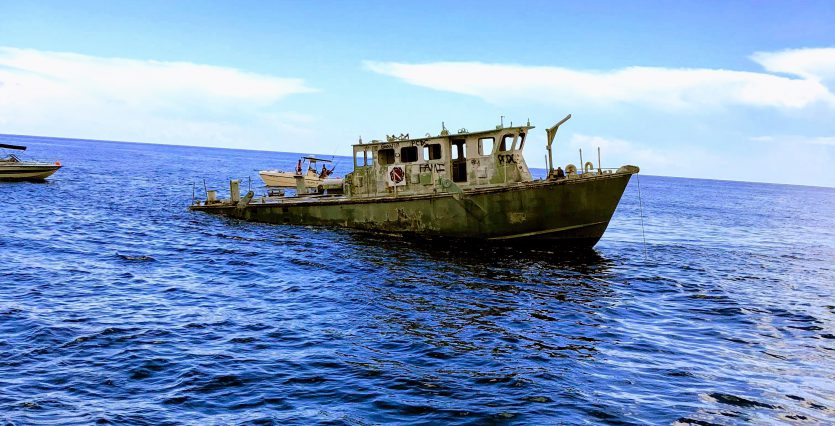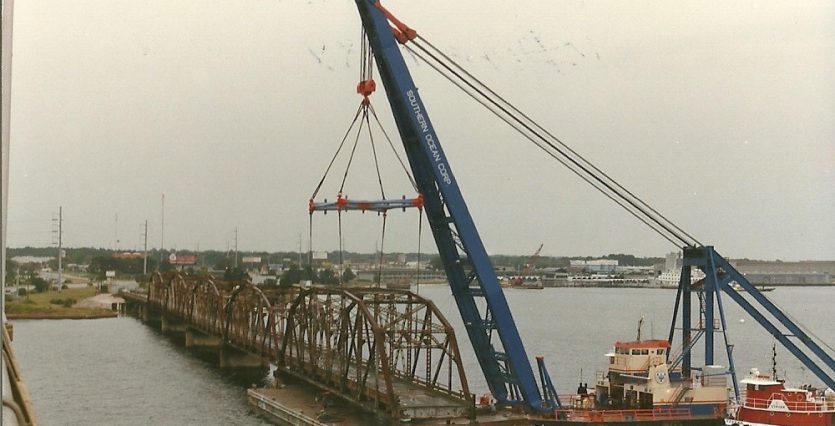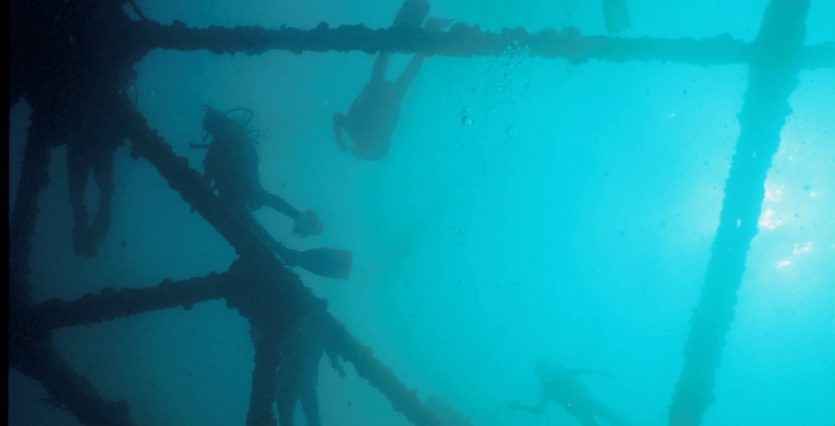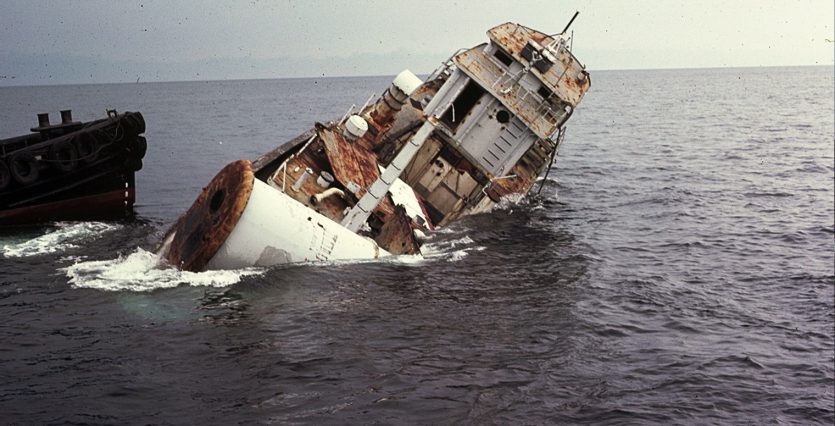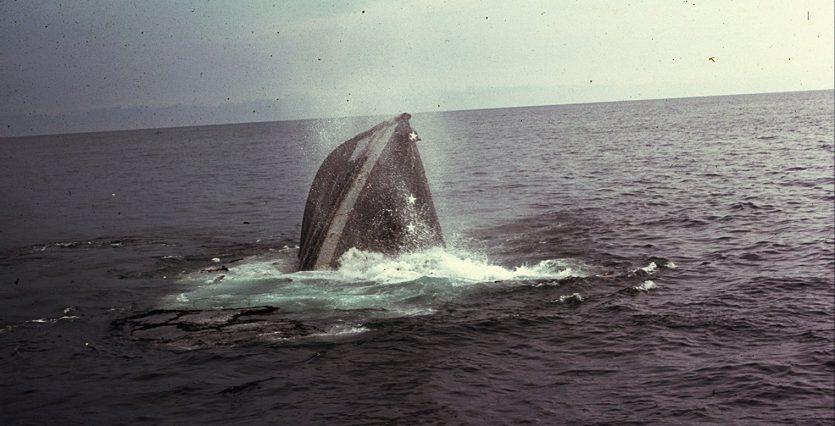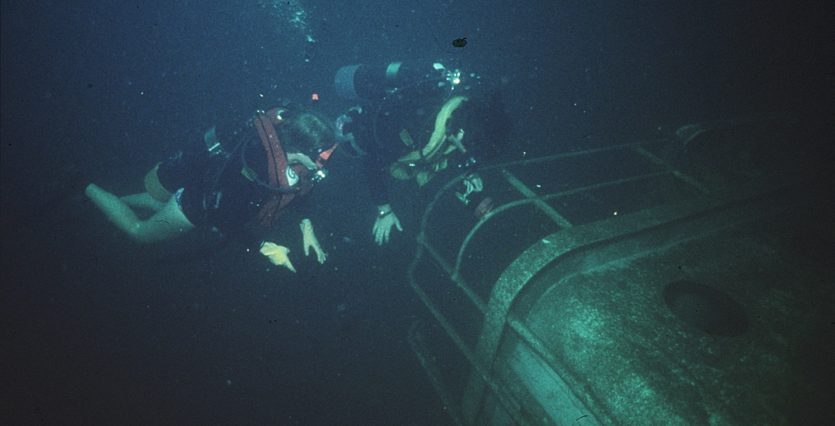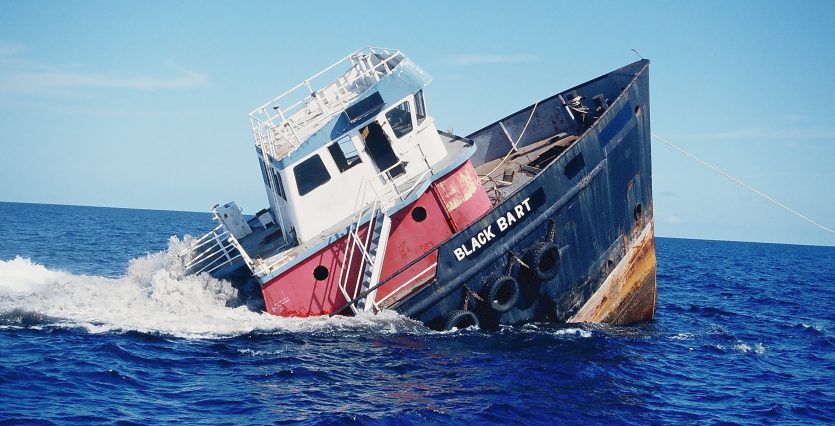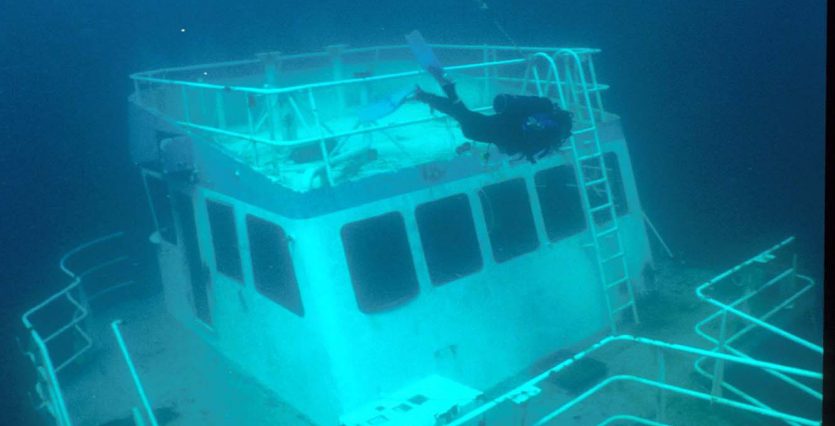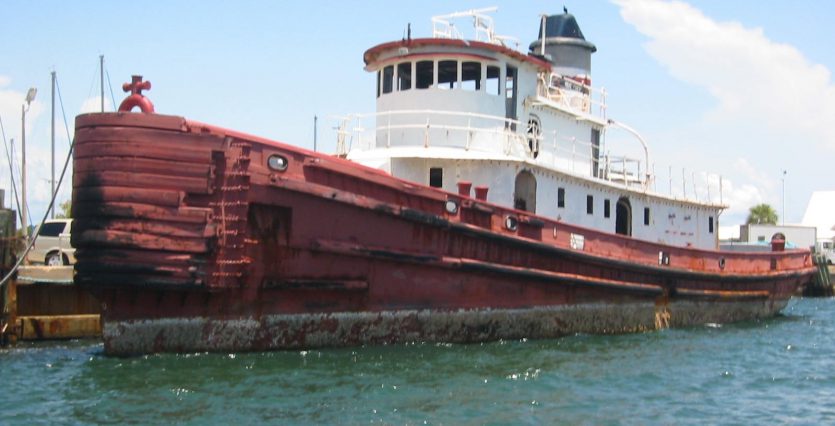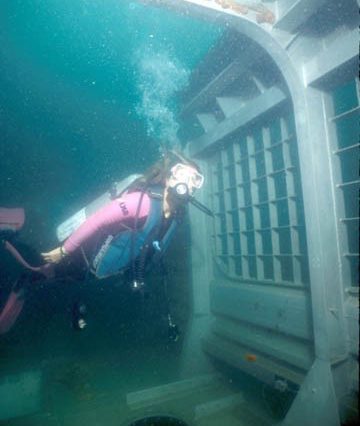As a NAUI member, you have invested time, energy and resources pursuing your goal of teaching scuba and sharing the underwater world with others. There are many motivators on what takes someone who is drawn to scuba to continue the path of becoming an instructor. For some, it was a goal, but once achieved, the interest dwindled and we lost another NAUI member. For those of us who stay around, it is because there is a hook that keeps us active, engaged and renewed each year. It can be the love of sharing our passion for the underwater world or the satisfaction of teaching. For many, it is the possible impact we have on those following us who will help make the underwater world available for future generations of NAUI divers. For me personally, it is all the above.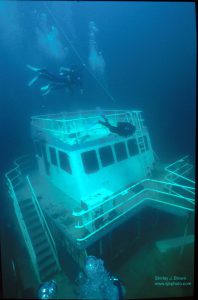
After becoming an instructor, I was lucky enough to move to the Gulf Coast of Florida and work at a marine-oriented youth program. We were charged with involving the young people in community service projects, and I chose artificial reefs. With researching, I discovered the value of creating habitat for marine life and the corresponding benefit to fishermen and divers. That was 1978 — way before Google, and I have been involved with artificial reefs ever since. Not everyone is as lucky as I was to be in a position to directly participate in finding candidates, permitting, deploying and monitoring artificial reefs.
All these parts of the process require investments of time as well as financial resources. Participation is open to all divers, not just dive leaders. You can look into the areas you travel and encourage your divers to make a personal contribution to local programs. One example was the token that was designed to help fund the sinking of the USS Spiegel Grove in the Florida Keys. Another is participating in the fish count program promoted and maintained by REEF in Key Largo. This could be a part of your Citizen Scientist specialty course.
There are many was to keep yourself and your students motivated. Promoting local artificial reefs is just one way to do that and also to give back to both the marine environment and the enjoyment of divers for years to come.



